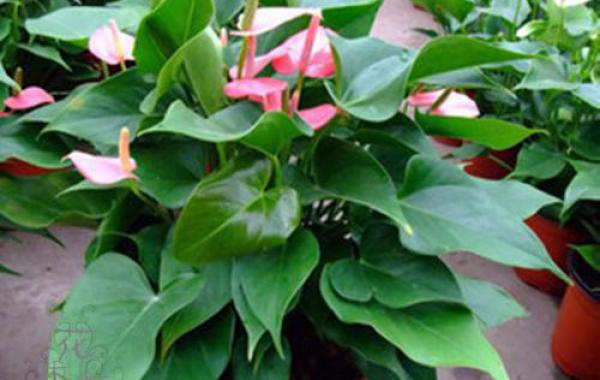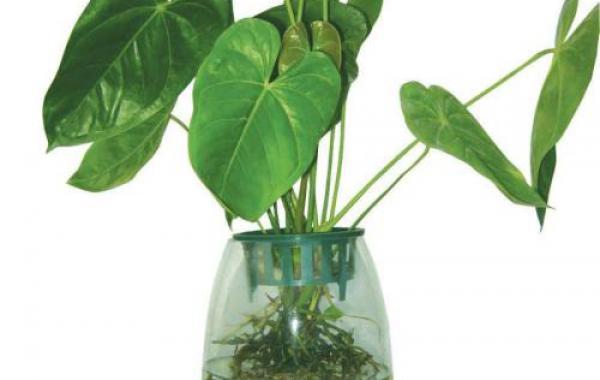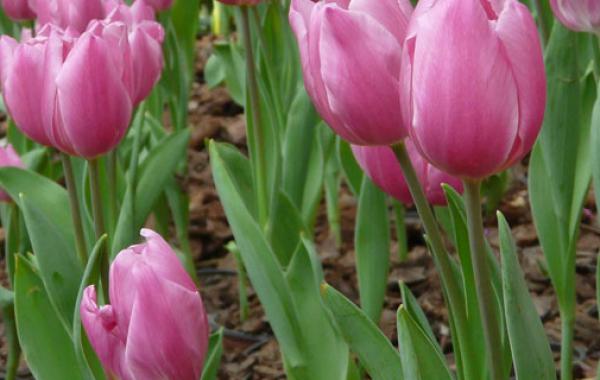Causes and Control methods of Yellow leaves in potted Flowers

The leaves of potted flowers often turn yellow during the growing period, and most of the reasons are due to improper cultivation and management. Here are several phenomena of "yellowing". Today, I would like to introduce to you.
1. Water yellow:
The accumulation of water in the basin soil has been wet for a long time, resulting in lack of oxygen in the soil, rotting part of the roots and weakening the ability of absorbing water and fertilizer. It is shown in that the young leaves are dark yellow and dull, the new shoots are shrinking at the center, and the branches are small yellow and green. If this happens, the soil should be loosened, watering should be controlled, fertilization should be stopped, the heavy ones can be removed from the basin, and the soil ball should be dried in the shade and then put on the basin.
2. Fat yellow:
The leaf yellow caused by excessive fertilization or excessive concentration, especially the partial application of nitrogen fertilizer, showed that the new leaves were thick and shiny, but the leaves were not stretched, and the old leaves gradually turned yellow and fell off. At this time, we should stop fertilization and appropriately increase the amount of water to dilute nutrients, the lack of fertilizer and water in potted flowers or small pots, and the senescence or overdensity of roots in the pot will also make the leaves of flower plants thinner and yellow. at this time, the soil should be changed, usually from Rain Water to the Beginning of Summer.
3. Alkali yellow:
Potted flowers that like acid, such as camellia, Milan, Michelia, rhododendron, jasmine and so on, often lose green and yellowing due to alkaline reaction in the soil. It is shown in the veins that begin from the new leaves at the tip of the branch, while the leaf vein, especially the main vein, remains green, and the phenomenon of yellow and green is very obvious. With the aggravation of the yellowing degree, the leaf veins gradually lost green, then the whole leaves turned white, the leaf margin scorched, the leaves withered, and in serious cases, the shoot withered and the whole plant died. For this "yellowing" phenomenon, acid fertilizer or acid substance can be used to improve it, or alum fertilizer and water can be often applied.
4. Yin yellow:
Flowers that like sunshine often cause branches and leaves to be withered and yellow due to lack of indoor light, so the pot should be moved to outdoor ventilation to illuminate. For semi-negative flowers, such as asparagus, the leaves will also be yellowed in strong light, so to avoid exposure to high temperature and strong light in summer, you should move indoors or build a shade shed for storage.
5. Dry yellow:
Because there is no watering for a long time, or less watering, the leaves are yellow or brown, brown edges, and the old leaves are withered and yellow from the bottom up. However, new leaves generally grow normally, and when this phenomenon occurs, water should be replenished so that the soil is no longer short of water.
6. Burning yellow:
Like wet potted flowers, such as hanging orchid, evergreen, Hosta and so on, such as the strong direct sunlight, the leaves also have brown end, brown edge phenomenon. This kind of phenomenon occurs, the basin can be placed in the shade.
7. Damp-hot yellow:
Some can not bear high temperature, high humidity potted flowers, due to poor ventilation in midsummer, improper shading caused by yellow leaves, such as hanging bell begonia in summer. Therefore, high temperature and humidity is also easy to cause leaves to turn yellow, this kind of leaf yellowing as long as pay attention to ventilation and cooling, and the basin soil can not be too wet to prevent.
Too much watering: the long-term waterlogging of basin soil suffocates and rot the roots, which can not absorb water and fertilizer normally, resulting in yellow leaves and even falling off. When it is found that there are yellow leaves, you should immediately stop watering, loosen the basin soil and put it in a ventilated and dry place to speed up water evaporation. Watering should adhere to the principle of "see dry and wet, watering thoroughly", do not water sporadically. In addition, do not spray water on the flowers during flowering.
Lack of water: if the leaves droop due to lack of water, you should immediately spray water on the leaves to speed up the absorption of water by the plant, and then water the basin. At this time, pay attention to less watering, so that the soil can be moist, do not water more.
Improper fertilization: in potted peanuts for a long time, long-term non-fertilization or insufficient fertilization, etc., will cause yellow leaf phenomenon; applying too much concentrated fertilizer will burn the roots, affect water absorption, and also cause yellow leaves, which can be diluted and washed away from the soil. The lack of fertilizer can lead to basin soil hardening, leaves yellow, thin, thin, branches slender, yellow, tender, should be fertilized immediately.
Alkali is big: because potted flowers are watered for a long time, saline-alkali is accumulated in the potted soil, which will lead to yellow and shedding of flowers and leaves when serious. Better results can be achieved by replacing new soil or spraying ferrous sulfate solution to the leaves, spraying alum fertilizer water and fermenting rice water, but do not apply more.
Air drying: some flowers cultivated in the north, such as camellias and orchids, tend to dry up when the air is too dry, the leaf edges are scorched or scorched on the leaves, and the edges curl and wrinkle and turn brown. Especially in the areas where indoor coal fire and heating are used in winter, the disease is more serious. At this time, water close to room temperature should be used to wash branches and leaves to increase air humidity.
Big flowers and small pots: big flowers, more roots, more water and fertilizer, small pots can not meet the needs of plant growth, old leaves dry yellow without luster, young leaves yellow and thin. To change the appropriate size of the basin, 30% humus soil should be added to the soil to make the flowers grow normally.
The branches and leaves are too dense: the branches and leaves grow luxuriantly and have not been pruned for a long time, which makes the inner chamber branches lack of light and the leaves yellowing and shedding. Pruning the inner bore branches should be strengthened to facilitate ventilation and fertilize properly.
Lack of light: cultivate flowers that like sunshine, such as rose and pomegranate, if they are placed in places where the light is too weak for a long time, the plants will gradually weaken, the leaves will be thin and yellow, and they will not bloom or bloom less. It should be moved to a place with plenty of light.
Suffer frost injury: flowers have yellow leaves due to frost injury, it is necessary to enter the house to keep warm and strengthen the cold resistance exercise of potted flowers in advance.
Diseases and insect pests: yellow and green plaques appear on the leaves after being infected by mosaic virus. Attention should be paid to prevention, timely spraying and adequate light and ventilation. Aphids and red spiders absorb nutrition and water on the back of the leaves, so that the leaves are withered and yellow and even the leaves of the whole plant wither and fall off, which can be recovered by killing insects in time.
Related
- What if the leaves of potted flowers turn yellow?
- Florescence Control of several Flowers
- Anti-freezing technology and post-freezing nursing technology of flowers
- What is the classification of flowers? What are the common methods of flower classification?
- Prevention and control of alkali and acid damage of flowers in courtyard
- Technology of Anti-freezing and restoring growth of Flower seedlings in greenhouse and greenhouse
- How does flower fertilization not hurt the root? Fertilization technology of flowers
- Key points of disinfection in flower greenhouse
- Several pesticides that are banned or used cautiously in flowers
- How to fertilize the flowers that watch the leaves?



